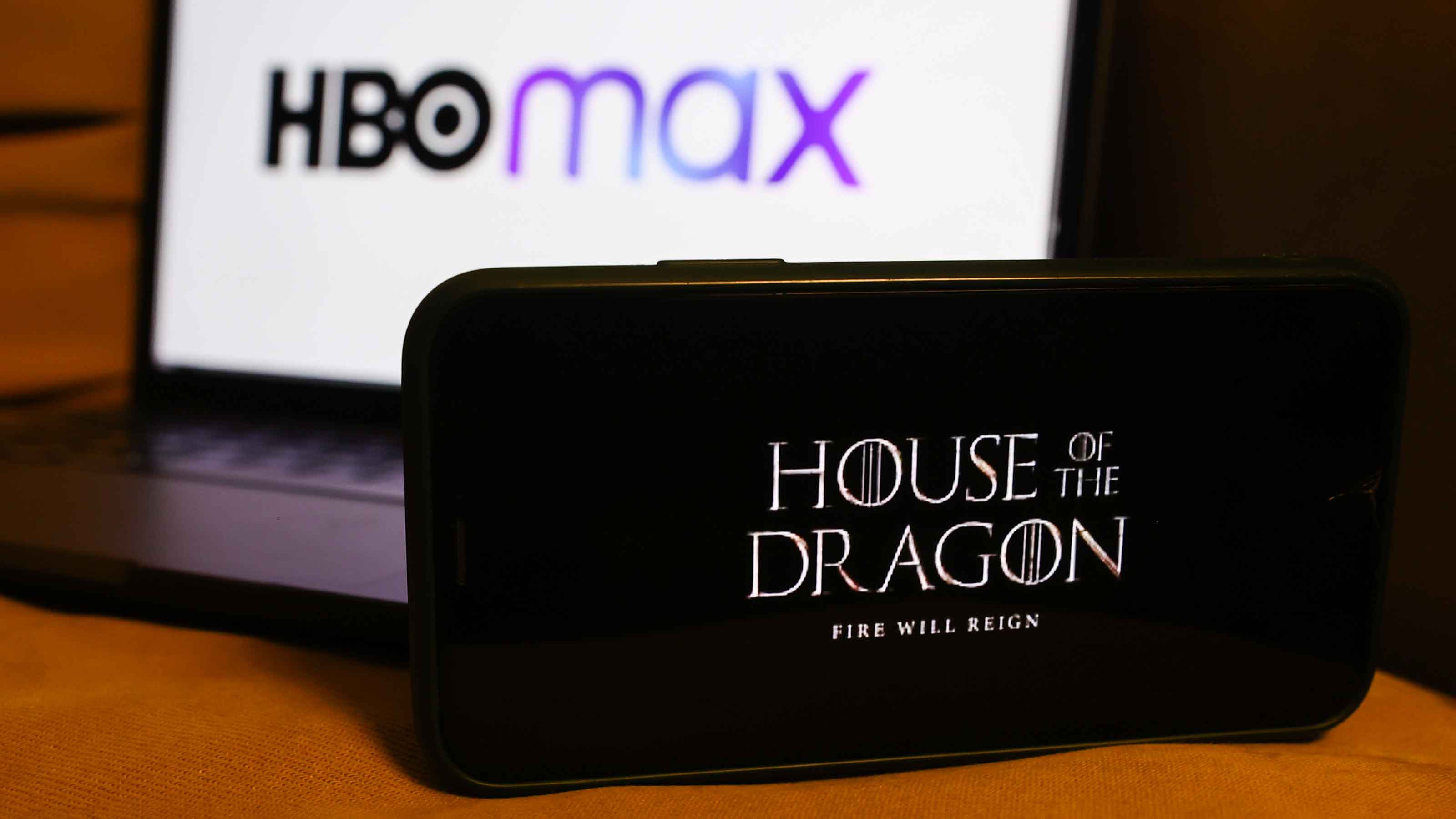A Book That Successfully Teaches Kids About Economics
A Q&A with Arthur Laffer and Michelle Balconi, authors of the children's book 'Let's Chat About Economics!'

Arthur Laffer is best known as the economist who invented the Laffer Curve, a diagram that shows how an optimal tax rate can maximize revenues without discouraging people from working. So I was intrigued when a picture book for children called Let’s Chat About Economics! (Gichigami Press, $17 hardcover), co-authored by Laffer and Michelle Balconi, arrived in the mail. Was it even possible to chat with kids about economics?
I was pleasantly surprised. The authors manage to accomplish what they promise to do in the subtitle: introduce kids to basic economic principles -- everything from supply and demand to opportunity cost and diminishing returns. And they do it through everyday scenarios that are colorfully illustrated with pictures and non-threatening graphs.
The book has four easy-to-digest chapters -- “Grocery Store,” “Family Trip,” “Summertime” and “Yard Sale” -- based on Balconi’s own experiences with her two children (an anecdote about a young girl who wants to swim with the dolphins was inspired by her daughter). It is aimed at elementary-age children, but the clear explanations are just as appropriate for older kids, not to mention plenty of adults.

Sign up for Kiplinger’s Free E-Newsletters
Profit and prosper with the best of expert advice on investing, taxes, retirement, personal finance and more - straight to your e-mail.
Profit and prosper with the best of expert advice - straight to your e-mail.
Connecting with kids. After hearing Laffer speak at an event in Detroit, Balconi, a writer who lives in Grosse Pointe, Mich., was so impressed with his down-to-earth presentation that she and her husband tried it out at the dinner table with their children, Jacob and Bridget, who were 12 and 10 at the time. “We connected with our kids in a new way, and I wanted to replicate our experience with families all over the country,” says Balconi.
She proposed the book project to Laffer, who himself has six children, 11 grandchildren and two great-grandchildren. “She was a lady on a mission, and when you see someone as enthusiastic as that, how can you not say yes?” he says.
They agreed to collaborate on the concepts they wanted to include. Balconi then wrote the scenarios, and Laffer reviewed them. I interviewed them about their project.
How did you kick off the conversation with your kids?
Balconi: Economics is the study of choices. So if you have two children, that makes it kind of easy. If you’re buying this for Jacob, what are you not buying for Bridget? If we’re making chicken for dinner because Bridget loves chicken, then we’re not making steak for Jacob. When our kids make decisions about what to wear, what to eat or how to spend their time after school, they’re using economic principles.
Does the Laffer Curve play a role in the book?
Laffer: The Laffer Curve is a basic principle of economics because it’s all about diminishing returns: The cost of increasing an activity becomes greater than the benefit you receive from that activity.
Can kids understand diminishing returns?
Balconi: We have a side door and a garage at the back of our house that we don’t use in winter. So when it snows, the kids think that shoveling snow past the side door is an example of diminishing returns. Same thing for raking leaves: Is there any benefit to raking leaves in the back? We think of it as finding your sweet spot.
How does this fit in with learning about economics in school?
Balconi: The book is designed to provide starter conversations for families, but the feedback from educators has been overwhelmingly positive. Teachers are always looking for relatable examples.
Laffer: This puts economics in the context of the family. Some of this education is done at home and some at school. You want to get it from all sides so the kids really understand it.
Were you successful with your own kids?
Laffer: I would lecture them all day and they’d just look at me! The credibility of someone you see 24/7 is probably not as high as it would be from reading a book by someone else.
What is the most important lesson that you would like to teach kids about economics?
Laffer: Trade-offs are the essence of economics. You can’t always have all the a you want and all the b you want. You know, a lot of PhD economists don’t get that.
Get Kiplinger Today newsletter — free
Profit and prosper with the best of Kiplinger's advice on investing, taxes, retirement, personal finance and much more. Delivered daily. Enter your email in the box and click Sign Me Up.

Janet Bodnar is editor-at-large of Kiplinger's Personal Finance, a position she assumed after retiring as editor of the magazine after eight years at the helm. She is a nationally recognized expert on the subjects of women and money, children's and family finances, and financial literacy. She is the author of two books, Money Smart Women and Raising Money Smart Kids. As editor-at-large, she writes two popular columns for Kiplinger, "Money Smart Women" and "Living in Retirement." Bodnar is a graduate of St. Bonaventure University and is a member of its Board of Trustees. She received her master's degree from Columbia University, where she was also a Knight-Bagehot Fellow in Business and Economics Journalism.
-
 The AI Doctor Coming to Read Your Test Results
The AI Doctor Coming to Read Your Test ResultsThe Kiplinger Letter There’s big opportunity for AI tools that analyze CAT scans, MRIs and other medical images. But there are also big challenges that human clinicians and tech companies will have to overcome.
By John Miley Published
-
 The Best Places for LGBTQ People to Retire Abroad
The Best Places for LGBTQ People to Retire AbroadLGBTQ people can safely retire abroad, but they must know a country’s laws and level of support — going beyond the usual retirement considerations.
By Drew Limsky Published
-
 Five Reasons You Shouldn't Shop on Amazon Prime Day
Five Reasons You Shouldn't Shop on Amazon Prime DaySmart Buying Think twice before getting lured into buying a bunch of stuff you don't need just because it's on sale.
By Andrea Browne Taylor Last updated
-
 Best Cash Back Credit Cards of 2025
Best Cash Back Credit Cards of 2025Credit Cards If you're searching for a credit card that rewards you for everyday purchases, we've chosen the best.
By Ellen B. Kennedy Last updated
-
 How to Spend $1,000: Find Cheap (or Free) Online Courses to Build Career Skills
How to Spend $1,000: Find Cheap (or Free) Online Courses to Build Career SkillsSmart Buying There's a huge array of skill-building online courses that can level up your career for under $1,000.
By Kim Clark Published
-
 MoviePass is Relaunching. Should You Sign Up?
MoviePass is Relaunching. Should You Sign Up?Smart Buying The subscription discount movie card company has a checkered past and an army of disillusioned former cardholders. If you want to try the reboot, you’ll need to hurry.
By Bob Niedt Published
-
 HBO Max Is Offering Huge Discounts
HBO Max Is Offering Huge DiscountsSmart Buying Looking for a streaming service deal? Warner Bros. Discovery is cutting the price of HBO Max.
By Bob Niedt Published
-
 Are You Streaming Too Much? What the Discovery+/HBO Max Mashup Means
Are You Streaming Too Much? What the Discovery+/HBO Max Mashup MeansSmart Buying Fewer original scripted series? Maybe. And maybe it’s time to unsubscribe.
By Bob Niedt Published
-
 PODCAST: Is a Recession Coming?
PODCAST: Is a Recession Coming?Smart Buying With a lot of recession talk out there, we might just talk ourselves into one. We take that risk with Jim Patterson of The Kiplinger Letter. Also, dollar stores: deal or no deal?
By David Muhlbaum Published
-
 How to Motivate Kids to Save
How to Motivate Kids to Savepersonal finance It's not easy teaching your child to save. Here are some ways readers have incentivized their kids to keep track of their finances.
By Janet Bodnar Published